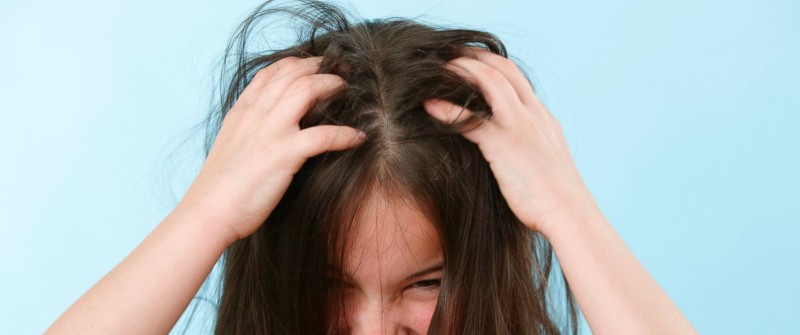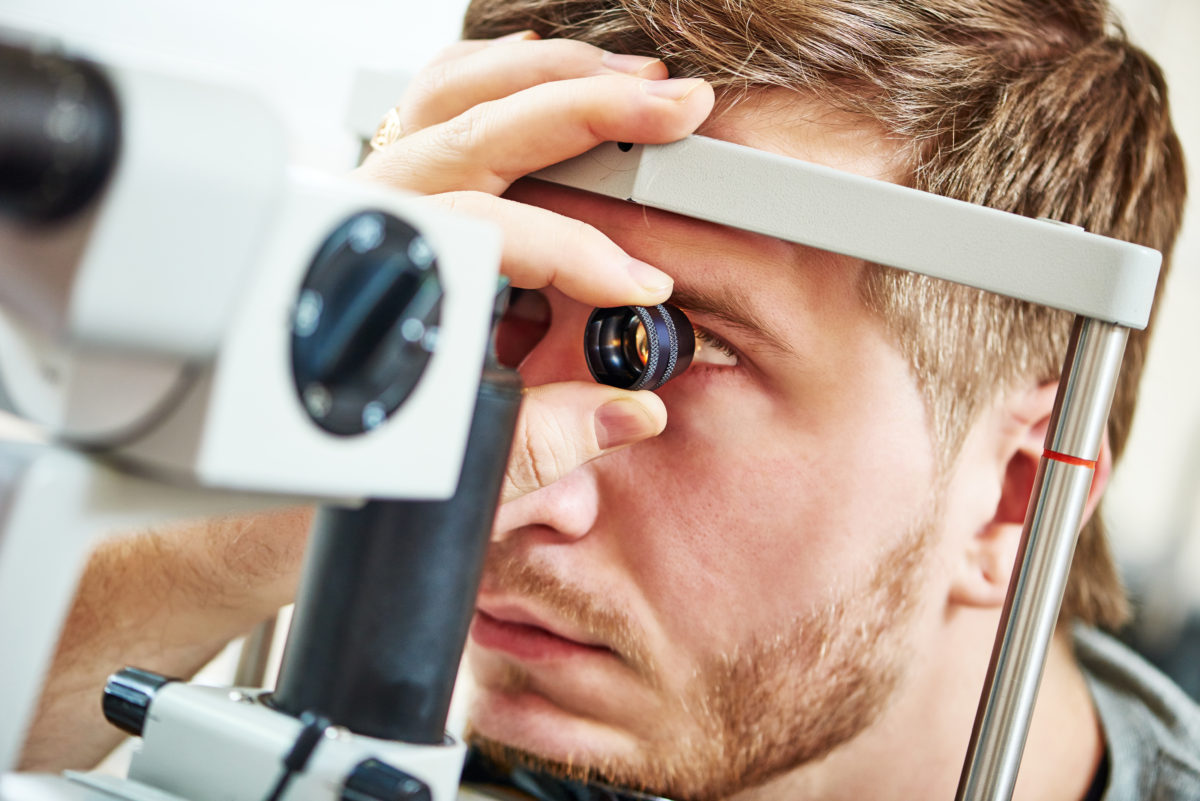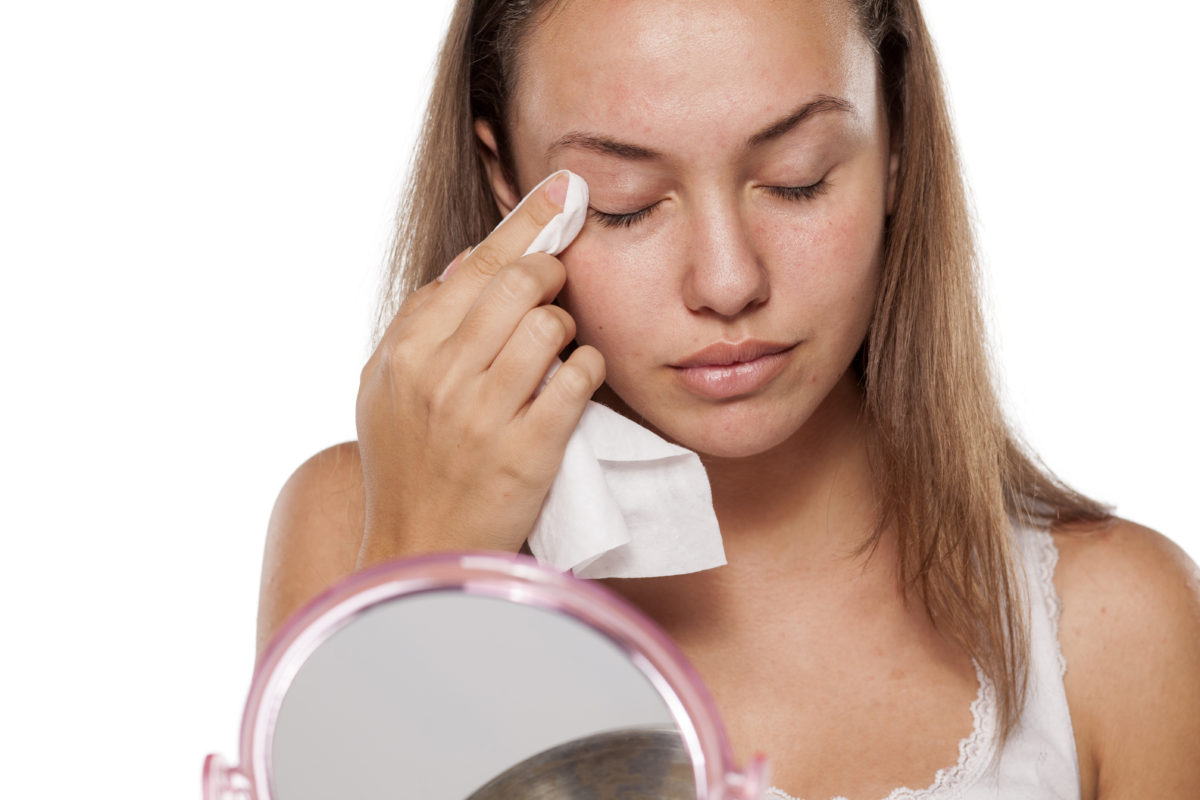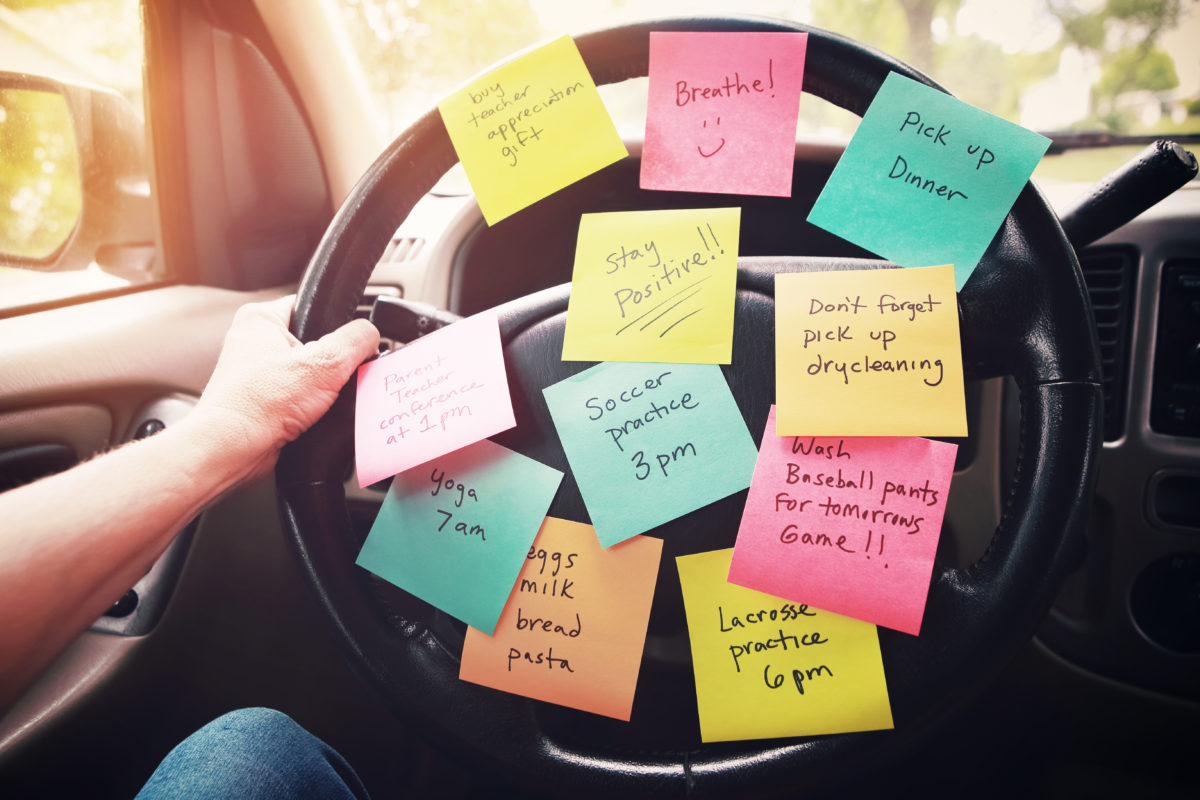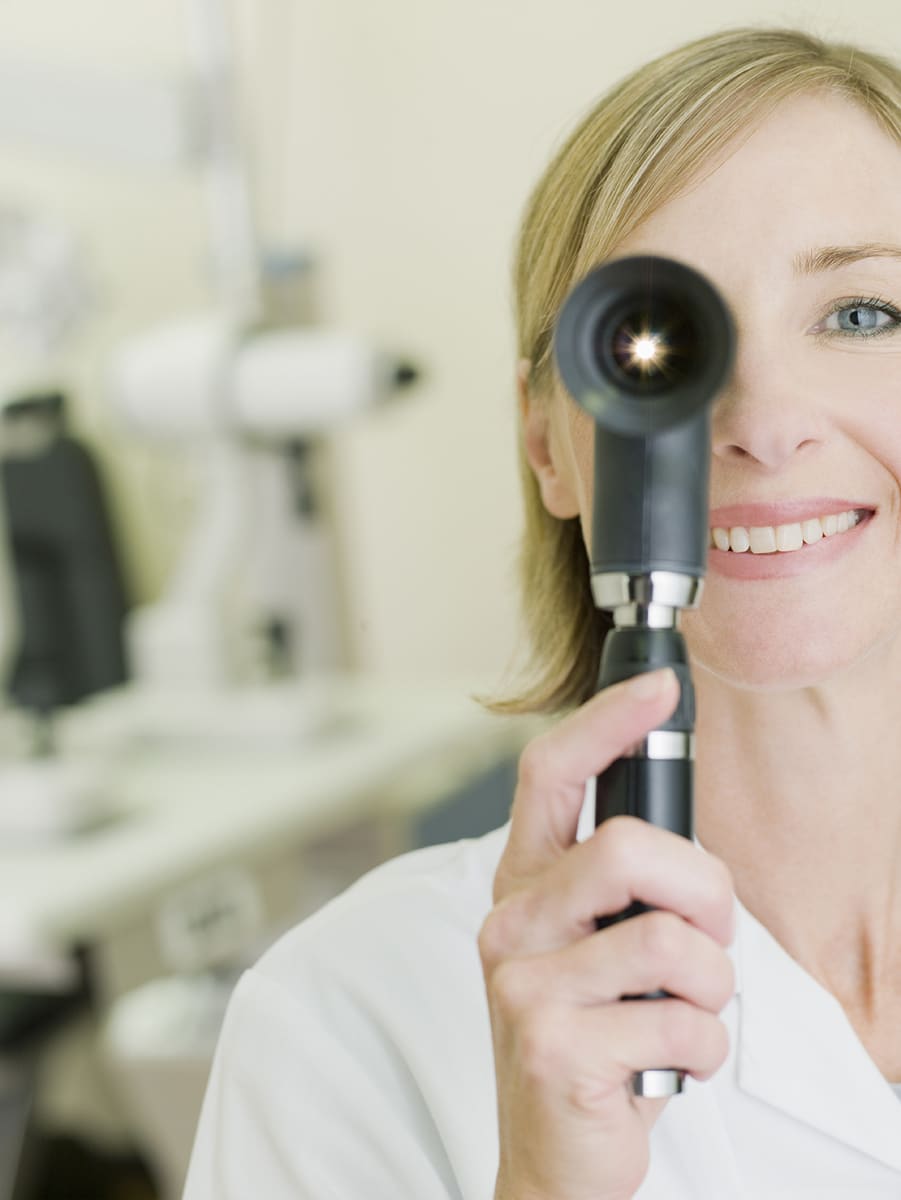It’s the topic NO parent wants to talk about. By the reactions I encounter when I mention LICE, you’d think I had brought up a topic like teen pregnancy or venereal disease. In fact your skin may be crawling just reading this. Imagine having your friends find out you have lice in your home – Oh The Shame!
The problem is that these little buggers are now starting to mutate and become resistant to our over the counter treatments. Treatment-resistant “super lice” have been found crawling through children’s hair in at least 25 states.
These “super lice” look and behave the same as regular head lice, but are resistant to pyrethroids. Pyrethroids are the family of insecticides in most over-the-counter products commonly used to treat lice.
Researchers have already found the trio of genetic mutations in lice that make them resistant to common treatment. The “kdr,” or “knock-down resistance” mutations, desensitize the bugs to what we’ve been using to fight them all along.
Sound familiar? This is basically the same way we have a rise in antibiotic resistant bacteria in our country. Exposed to the same medications repeatedly, the bugs mutate in order to survive.
“SOCIAL MEDIA” LICE
Selfies are causing a rise in these mutant strains of lice. Just think about all of that head bopping and close contact adults, children and everyone else take part in to get that great selfie shot. A group selfie is the perfect set up for a mass migration of lice from head to head.
It’s not just for kids anymore! Lice doesn’t discriminate, so in this shot just a couple of lice on one person’s head could cause an itchy Hollywood nuisance.

Contrary to popular belief, having lice is not a sign of dirty hair. In fact, the more often hair is shampooed, the easier it is for lice to attach to the scalp and multiply.
In fact, the more you wash your hair the likelier they are to attach! Lice love a clean scalp!!
KEEP CALM AND COMB ON
It doesn’t take many bugs on a scalp to cause a big problem!
Your first line of defense should still be over-the-counter medications containing 1% permethrin or pyrethrins first — unless the lice in the area are known to be pyrethroid-resistant.
For truly resistant lice you need one of the new, stronger prescription-only medications. They contain strong chemicals and should be a last resort.
This is where talking with people in your locale to find out what is and isn’t working for them is key. If a resistant strain is spreading in your area, it doesn’t make sense to use an over the counter medication that won’t work right away.
PREVENTION
Preventing lice is much easier than trying to kill the persistent bugs once they spread!
Another thing to nag your child about – remind them not to share hats, helmets, hairbrushes, combs or hair accessories.
Don’t wait to check your child for the itching to start! Up to half of kids infested with lice won’t itch!
Unfortunately you can’t rely on letters sent home from school that there’s been a case in your child’s class – by then may be too late!
Parents should regularly (every 2-3 days) check their children for head lice even if they aren’t complaining of itching. Remember, the little buggers aren’t easy to spot so you will need to repeat checks with your comb because you might spot lice you missed the first time around.
Be vigilant by checking in with your area’s “parents of” or “moms of” facebook pages to find out if cases are prevalent in your area. If so, you may want to do lice checks on friends coming for sleepovers and play dates.
The CDC recommends limiting “head-to-head” contact during play and other activities throughout a child’s day. Realistically this just isn’t possible but we have to try our best!
So maybe you should skip the selfies – just to be safe.
 English
English French
French German
German
